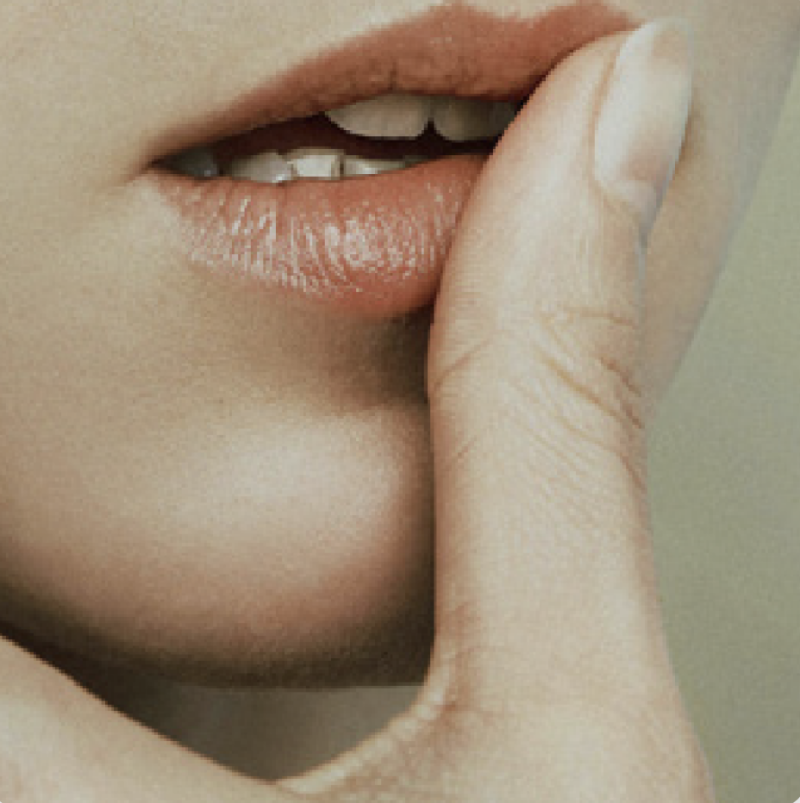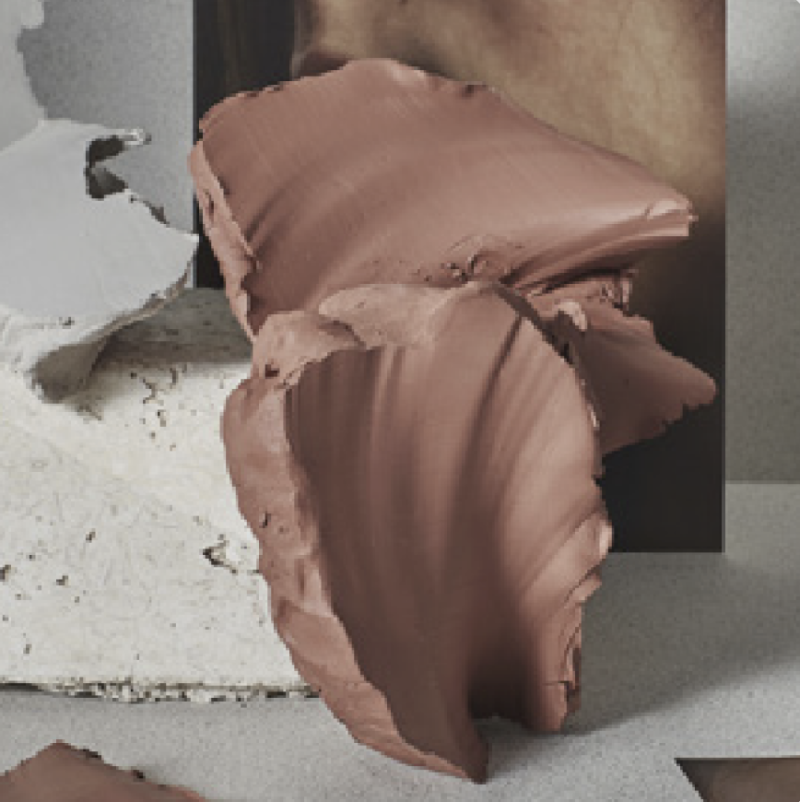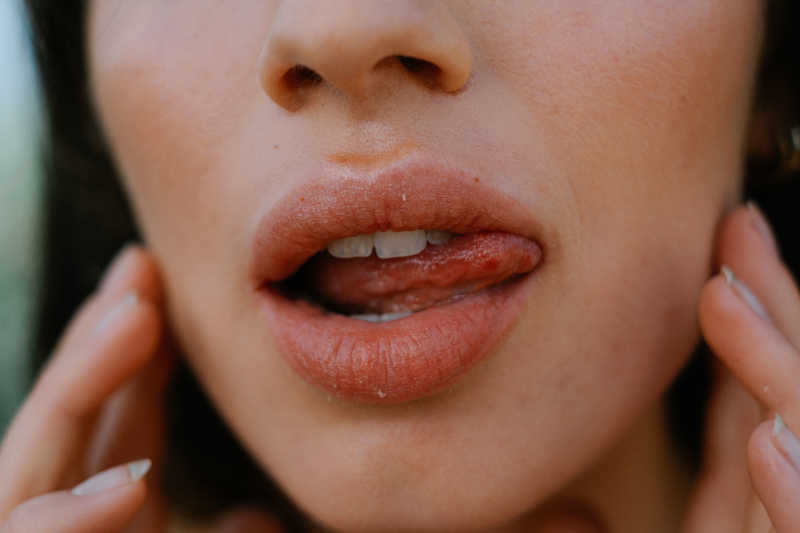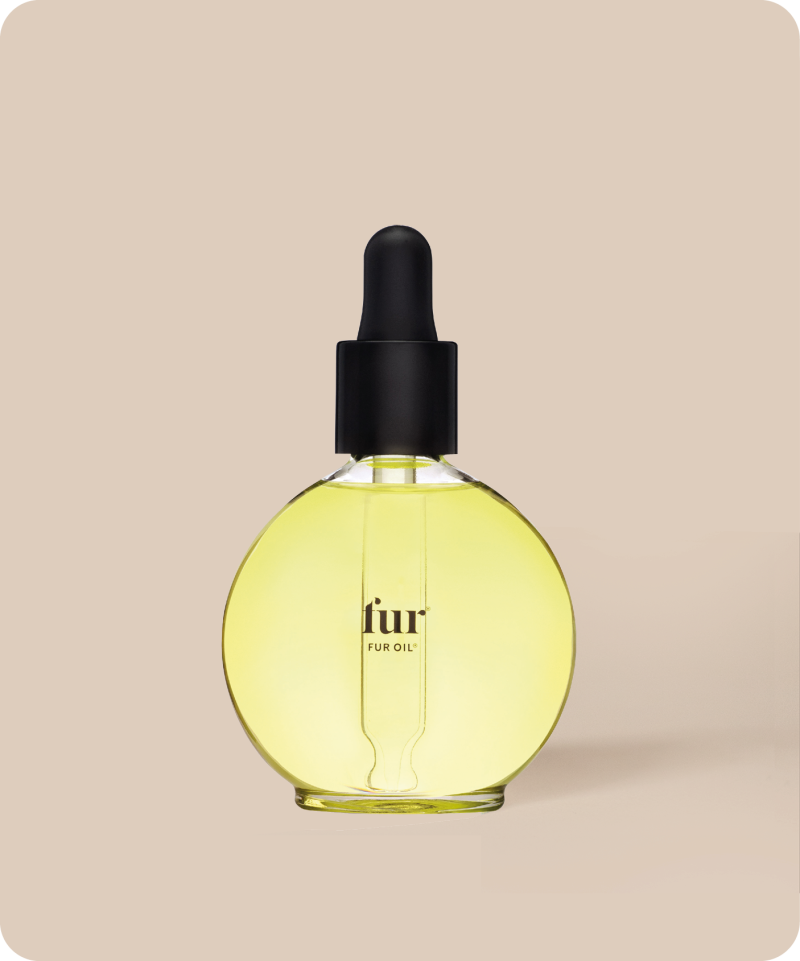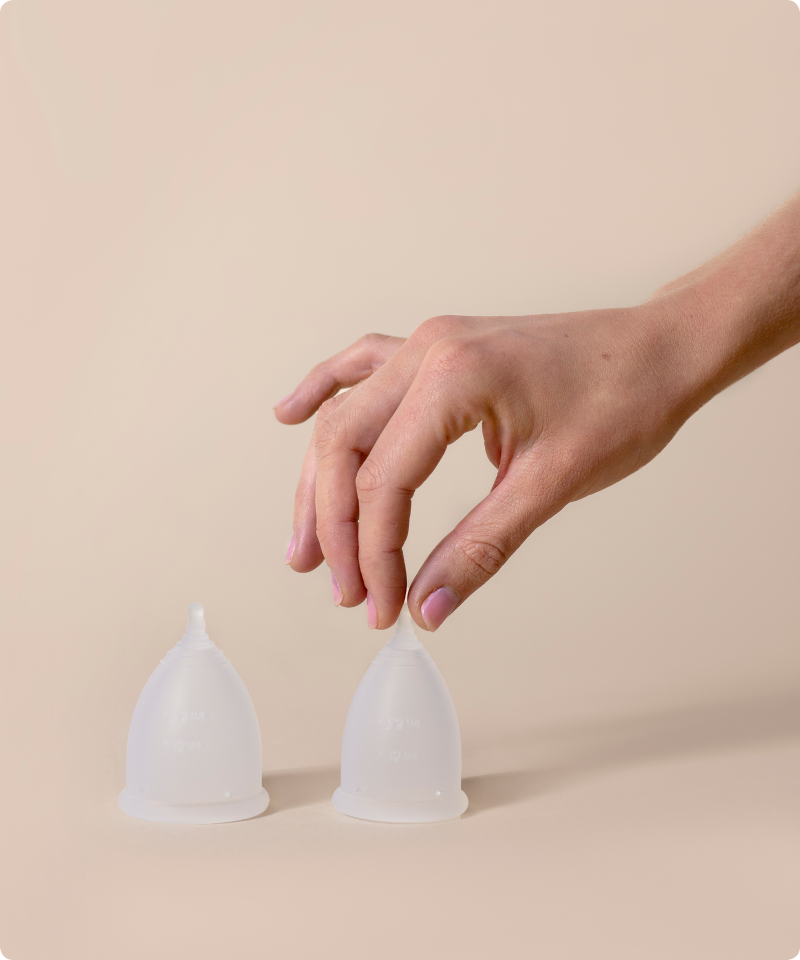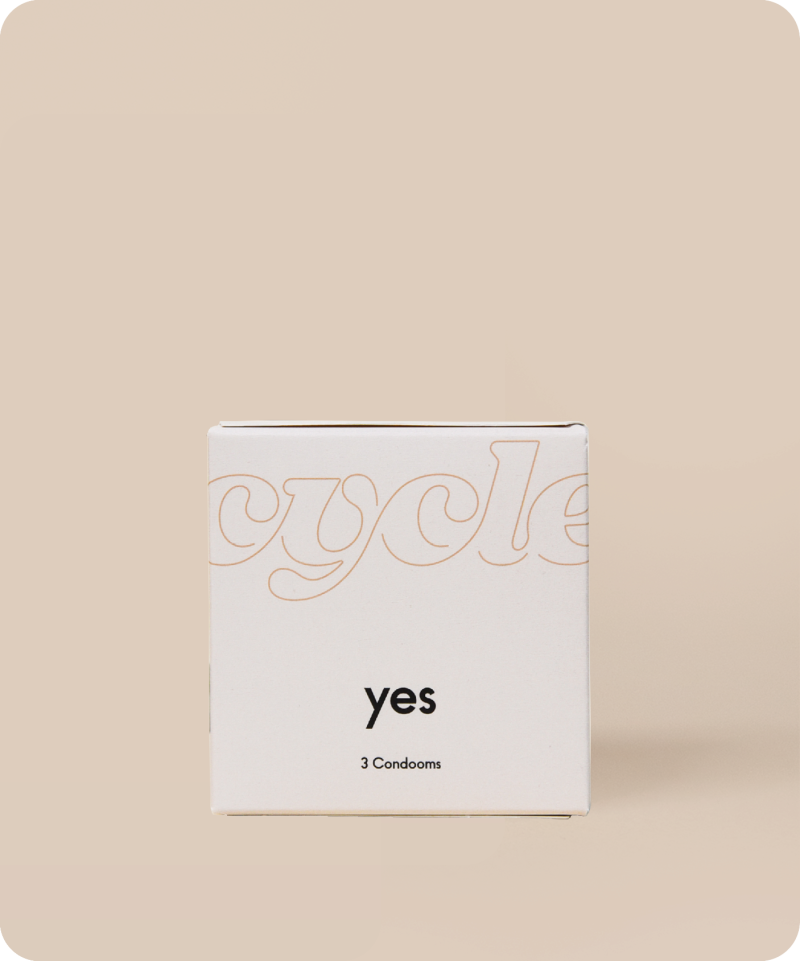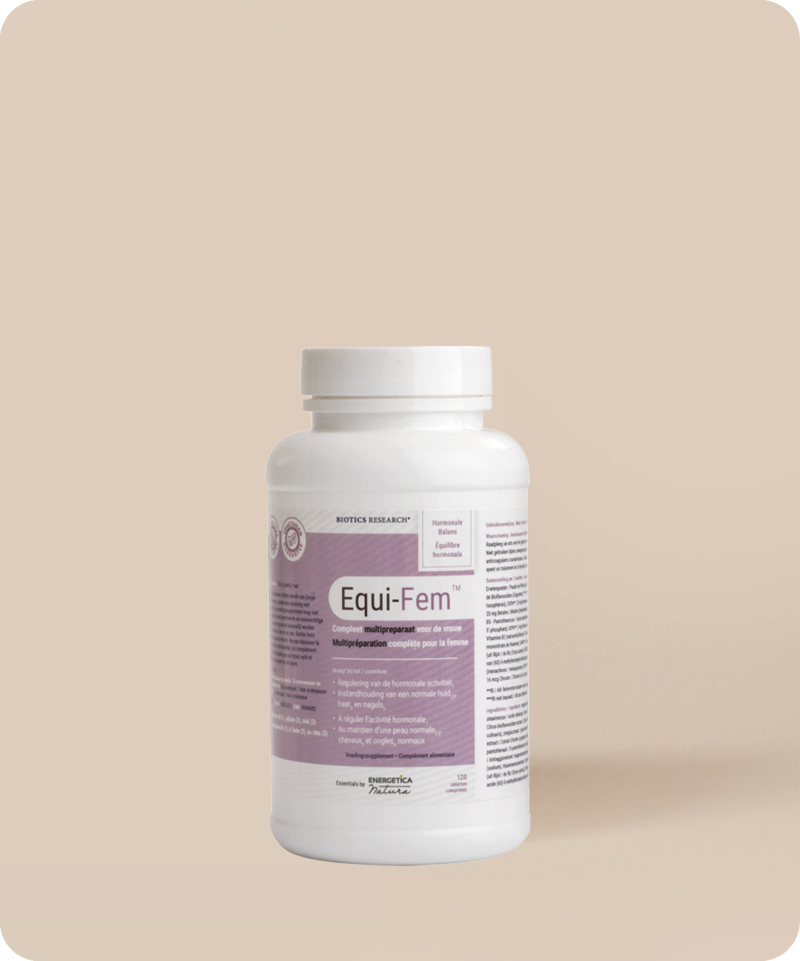What is Lichen Sclerosus
Is your nether area so itchy you would love nothing more than to scurry back and forth across your office chair? These are common symptoms of Lichen Sclerosus, a rather rare skin disease. The cause? That is sadly still unknown.
In most women with Lichen Sclerosus (henceforth LS), the skin of the labia and/or clitoris becomes thicker, white and/or shiny. The disease can cause the inner labia to grow together, become smaller, and in some cases, even disappear completely. As a result of this growth, the entrance of the vagina can become narrower. Because of this, penetration can feel painful or can even become impossible. The disease can also cause the skin to grow over the clitoris, making it invisible. LS does not occur inside the vagina. But the skin around the anus can be affected, as can the skin around the mouth and torso, and in rare cases even the hands, feet, and the scalp.
What causes Lychen?
The condition is most common in women in or after menopause
The exact cause of the disease is still unknown. LS is an autoimmune disease, in which inflammatory cells attack the skin's own cells. The inflammatory process causes scarring of the skin, hence the shape of the vulva (external part of the vagina consisting of: clitoris, outer and inner labia) changes. The skin condition is most common in women in or after menopause between the ages of fifty and seventy, but can also occur in children, men and young women. LS is also more common in patients with other autoimmune diseases such as eczema, vitiligo or thyroid disease, as well as in patients with diabetes. In 2-5% of women, a spot with Lichen Sclerosus turns into skin cancer. But this only happens in women who do not get their yearly, or more frequent, check-ups at the doctor’s.
Lichen Sclerosus symptoms:
There is a change in the structure of the skin
The skin has white discoloration
In areas where the color and structure of the skin has changed, there’s a tingling and scratching sensation (this isn’t necessarily the case every time)
Frequent symptoms:
Itching sensation around the anus
Little tears in the skin around the anus
The entrance of the vagina becomes narrower
The labia can become smaller
Side note: Lichen Sclerosus is not a STD! It’s not transmittable during sex and it’s not contagious!
What is the treatment for Lichen?
Do you have Lichen Sclerosus? If so, it is important to check the skin around the infected area once a month and treat it properly with the following prescription creams. It is important to note that these creams do not cure the disease, but you can inhibit the infected area.
Clobetasol ointment
Cetomacrogol ointment
Is it not possible for you to check the infected area on your own? Then pay a monthly visit to your GP. It is recommended to visit your GP in case of doubt as well. They can refer you to a gynecologist.
If you have LS, it’s important to keep a close eye on your vulva. This can be done by looking closely and observing your vulva. How to do this? A mirror can be useful! You can use a normal mirror or The Mirror, which is specifically designed to look at your own vulva.
Want to read more about Lichen Sclerosus? Charlotte has shared her experience with the disease, which you can read here. We are in this together!
